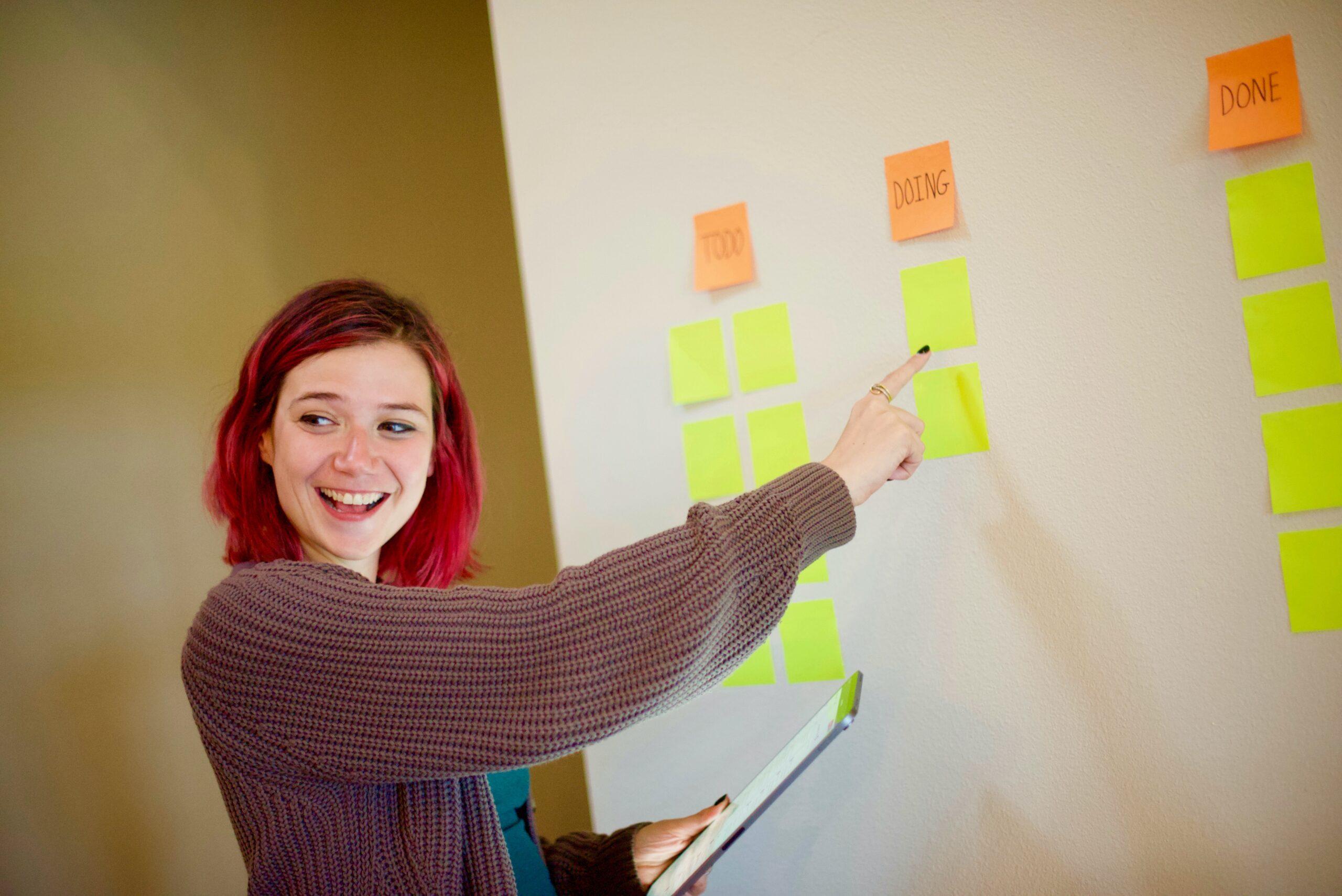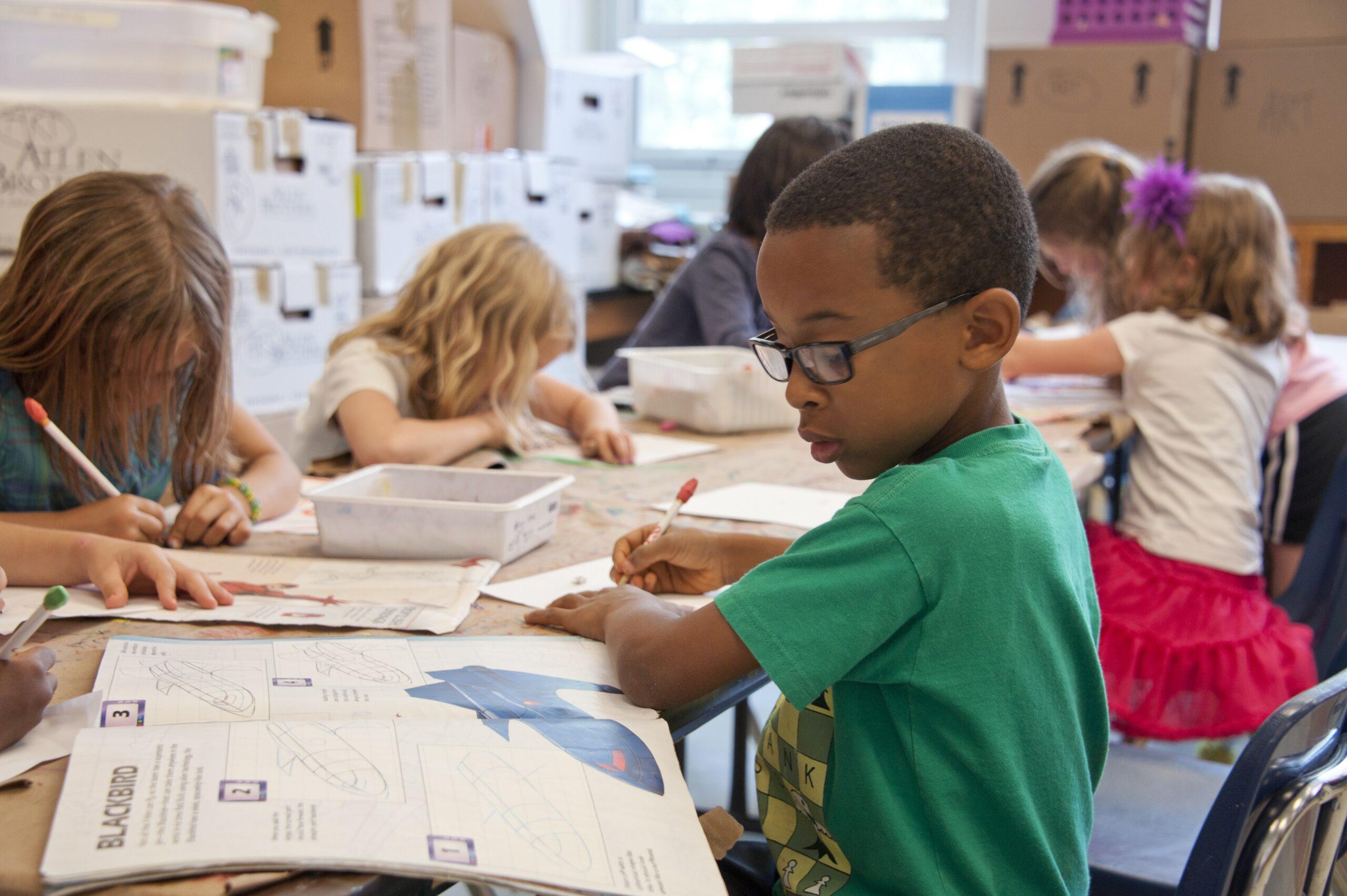With tablets, smart phones, televisions, and apps seemingly ever-present, distractions are unavoidable and focusing on one task seems almost impossible. Yet for students, the academic and focusing demands rise rapidly as they move through elementary school. You can help your child improve his focusing skills with the ideas detailed below.
Enhance Active Listening Skills
Staying focused on a book – especially one on a topic that does not resonate with your child – can be a challenge. To build this skill, choose a book to read out loud to your child. Before you start, ask her to look at the cover and tell you what she thinks the book will be about. Inquire about any prior knowledge she may have on the topic and how it may relate to the story. You can even come up with a series of questions about the book before you start reading. As you read, have her stop you when she identifies a part containing the answer, and let her answer these questions throughout the reading. Additionally, after every 2-3 pages, stop reading and have her summarize the plot up to that point. Finally, for additional reinforcement, at the end of each section or chapter have her create a character map describing each character, any characteristics, and proof of those characteristics from the story (ex. The character is kind; she held the door open for her mother and helped her brother complete his homework.). She can also draw pictures or use visual maps to illustrate these descriptions.
Build in Breaks
For many elementary-aged children, especially those with attentional challenges, completing a project or an assignment that requires extended focus is a daunting task. Rather than completing the entire task in one sitting, encourage your child to break it down into smaller time increments. For example, he can start with 5 minute increments – ask him to work on a project for 5 minutes, for instance, then take a 5 minute break. Eventually he can increase his working period to 10 minutes, where he works for 10 minutes and takes a 5 minute break, then to 15 minutes of work followed by a 5 minute break, and so on. Over time, staying focused on a longer task will seem much less overwhelming.
Teach Her to Follow Multi-Step Directions
Many young children struggle to follow multi-step directions. Yet as they move through school, they will inevitably encounter multi-step math word problems, projects, writing assignments, and the like. To develop this ability, start by giving your child single step directions, such as “Make your bed” or “Turn off the lights.” Once she has mastered these single step directions, move onto two-step directions. For example, tell her to brush her teeth and wash her face or put her homework away and zip up her backpack. Once she has mastered the two-step directions, move into three-step directions, then four-step, and so on. The key is to start small and move upwards once mastery has been established.
Integrate Topics He Enjoys
Children tend to stay focused longer on topics they enjoy. When teaching your child new skills, try to integrate topics that interest him. For example, when showing him how to solve math word problems, rather than using “widgets” as examples, use topics he enjoys, such as baseball, cupcakes, or the beach. In doing so, you might create a problem that reads: Luisa had fourteen red velvet cupcakes. She gave three to her sister, two to her brother, and five to her mother. How many cupcakes did she have left? You can also encourage her to draw a visual diagram depicting the problem to further enhance her focusing and processing skills.
As students move through elementary school and beyond, the focusing demands increase rapidly. Help your child learn to concentrate on a given task and stay engaged for longer periods of time. In doing so, she will develop the focusing skills she needs to excel in school.





